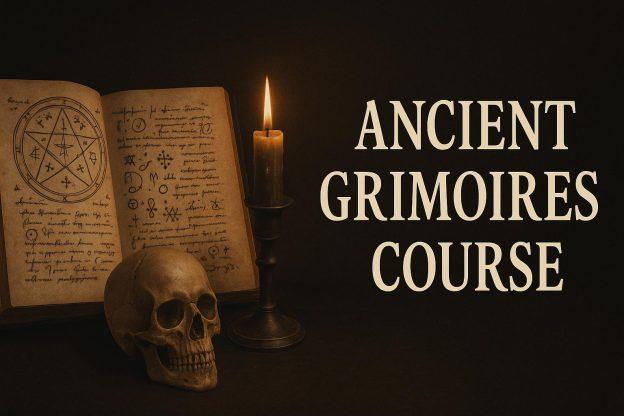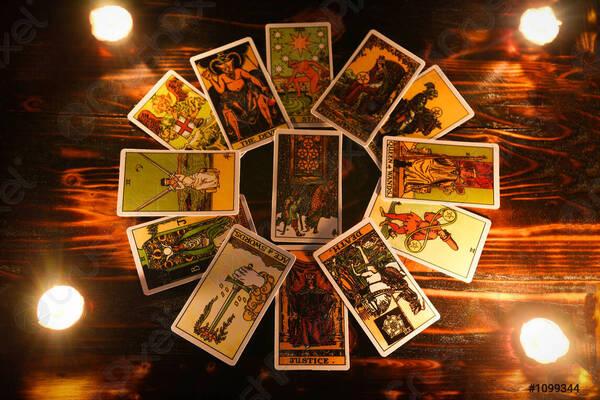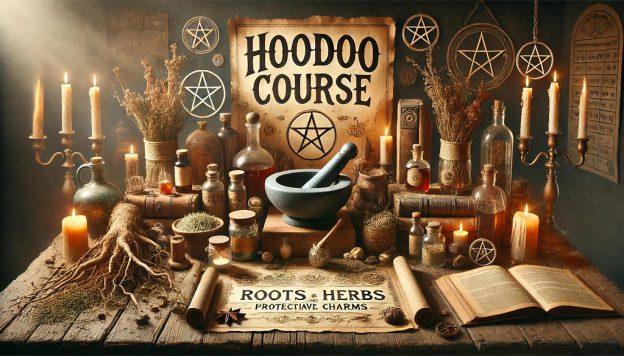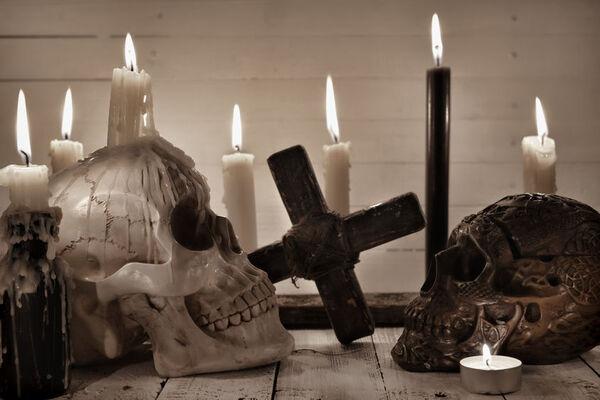Mark, St.
Mark, St. (from Mars, the Roman god of war) (First century) In the Bible, N.T., Evangelist, author of the Gospel that bears his name. Patron saint of Venice and of glaziers and notaries. Invoked by captives. Feast, 25 April. Mark has been identified as the young man who ran away when Jesus was arrested in the garden (Mark 14:51–52) and is believed to be the same “John surnamed Mark” in the Acts of the Apostles (12:12). According to early Christian legend, Mark preached in Egypt and founded a church at Alexandria, being the first bishop of the city. The pagan population, however, was angry at his miracles and accused him of being a magician. At the feast of the god Serapis the saint was seized, bound, and dragged along the streets until he was dead. At the moment the saint died the police who had arrested him were killed by a bolt of lightning. The Christians at Alexandria buried the mangled remains. Mark’s tomb then became a great shrine. About 815 some Venetian merchants trading in Alexandria stole his relics and brought them to Venice, where they were placed in the church dedicated to the saint, San Marco. There is a painting by Tintoretto of the finding of the saint’s body. The saint has proved popular in Christian art. When he is represented as one of the four Evangelists, either singly or grouped with the others, he is usually accompanied by a lion, winged or unwinged. Scenes from his legendary life are quite common in Venetian art. There is a painting by Gentile Bellini, based on one of the legends, of Mark preaching at Alexandria. One day St. Mark saw a poor cobbler, Anianus, who had wounded his hand severely with his awl. The saint healed the wound, and Anianus was immediately converted to Christianity. Later, after Mark’s death, Anianus became the next bishop of Alexandria.
One of the most popular legends, painted by Giorgione and Paris Bordone, tells how the saint saved Venice from a flood in 1340 by appearing with St. George and St. Nicholas and making the sign of the cross to let the storm Demons flee. Another episode from the saint’s life tells how a Christian slave prayed at the shrine of St. Mark even though he was forbidden to do so by his master. As a punishment the man was to be tortured, but St. Mark descended from heaven and the instruments of torture were broken or blunted. There is a painting of this scene by Tintoretto, and a poem, The Legend of St. Mark, by John Greenleaf Whittier. In English north country villages, people sit in the church on 24 April from eleven at night until one in the morning for three years in a row. In the third year it is said that they can see the ghosts of those who will die that year come into the church.
SOURCE:
Encyclopedia of World Mythology and Legend, Third Edition – Written by Anthony S. Mercatante & James R. Dow
Copyright © 2009 by Anthony S. Mercatante










